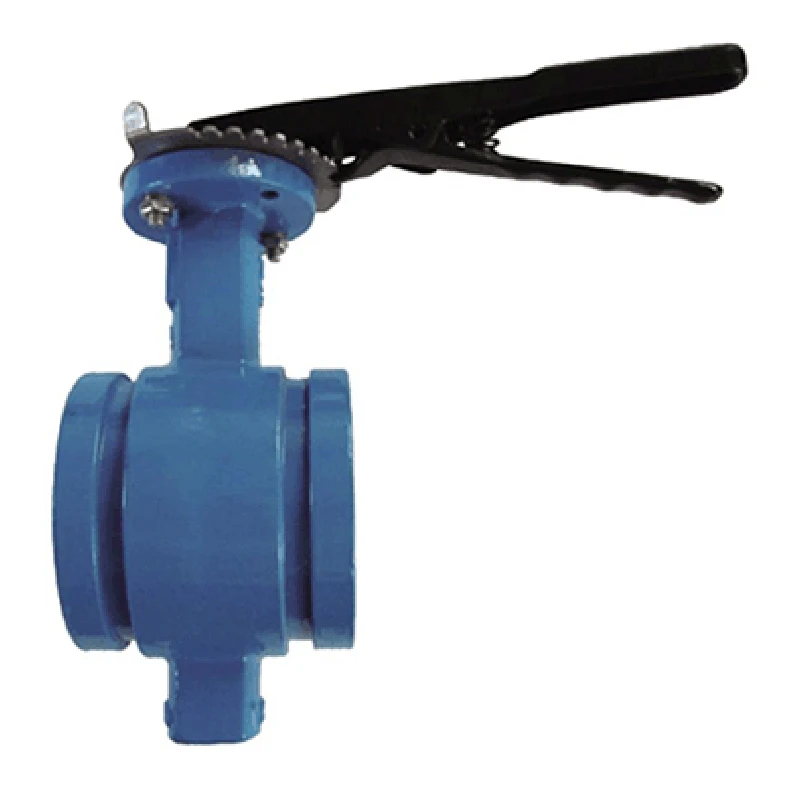nóv . 04, 2024 08:59 Back to list
rising stem gate valve
Rising Stem Gate Valve An Essential Component in Fluid Control
In the realm of fluid control systems, the rising stem gate valve serves as a crucial component, facilitating the regulation of fluid flow in various applications. Known for its robust construction and reliability, the rising stem gate valve has established itself as a preferred choice in industries ranging from waterworks to oil and gas.
A rising stem gate valve operates via a gate mechanism that moves perpendicular to the fluid flow. When the valve is opened, the gate rises to allow fluid to pass through, resulting in minimal pressure drop and minimal turbulence. One of the defining features of this type of valve is its stem, which rises alongside the gate as it opens. This characteristic provides a clear visual indication of the valve’s position, allowing operators to easily ascertain whether the valve is fully opened or closed.
The design of a rising stem gate valve is relatively straightforward, yet it incorporates several critical elements. The body is typically made from durable materials such as cast iron, stainless steel, or bronze, which ensures strength and resistance to corrosion. The sealing surfaces are precision-machined to provide a tight seal when the valve is closed, preventing leaks in high-pressure systems. Additionally, the valve’s control mechanism is often accompanied by a handwheel or actuator, enabling precise operation.
rising stem gate valve

One significant advantage of rising stem gate valves is their ability to handle large volumes of fluids with minimal resistance. This efficiency makes them particularly suitable for applications involving high flow rates, such as in water treatment facilities, power plants, and chemical processing plants. Furthermore, the design minimizes the risk of cavitation, which can lead to damage in other types of valves.
Despite their many advantages, rising stem gate valves are not without limitations. They require more vertical space due to the rising stem, which can be a constraint in installations with limited headroom. Additionally, they are not as effective in regulating flow rates compared to throttling valves. Consequently, they are primarily used for on-off service rather than for modulation.
Maintenance is another aspect worth considering. Rising stem gate valves typically have a longer lifespan compared to other valve types when properly maintained. Routine inspection of the mechanical components, such as the stem and sealing surfaces, is essential to identify wear and tear, ensuring continued efficiency and preventing leaks.
In conclusion, the rising stem gate valve stands out as an integral part of fluid control systems across various industries. Its unique design allows for effective regulation of flow while providing visual feedback on operational status. Although certain limitations exist, the benefits of reliability, minimal pressure drop, and robust performance make it an essential choice for engineers and operators alike. As industries continue to evolve and demand greater efficiency, the rising stem gate valve will undoubtedly remain a fundamental component in the fluid control landscape.
Share
-
Reliable Wafer Type Butterfly Valves for Every IndustryNewsJul.25,2025
-
Reliable Flow Control Begins with the Right Ball Check ValveNewsJul.25,2025
-
Precision Flow Control Starts with Quality ValvesNewsJul.25,2025
-
Industrial Flow Control ReliabilityNewsJul.25,2025
-
Engineered for Efficiency Gate Valves That Power Industrial PerformanceNewsJul.25,2025
-
Empowering Infrastructure Through Quality ManufacturingNewsJul.25,2025